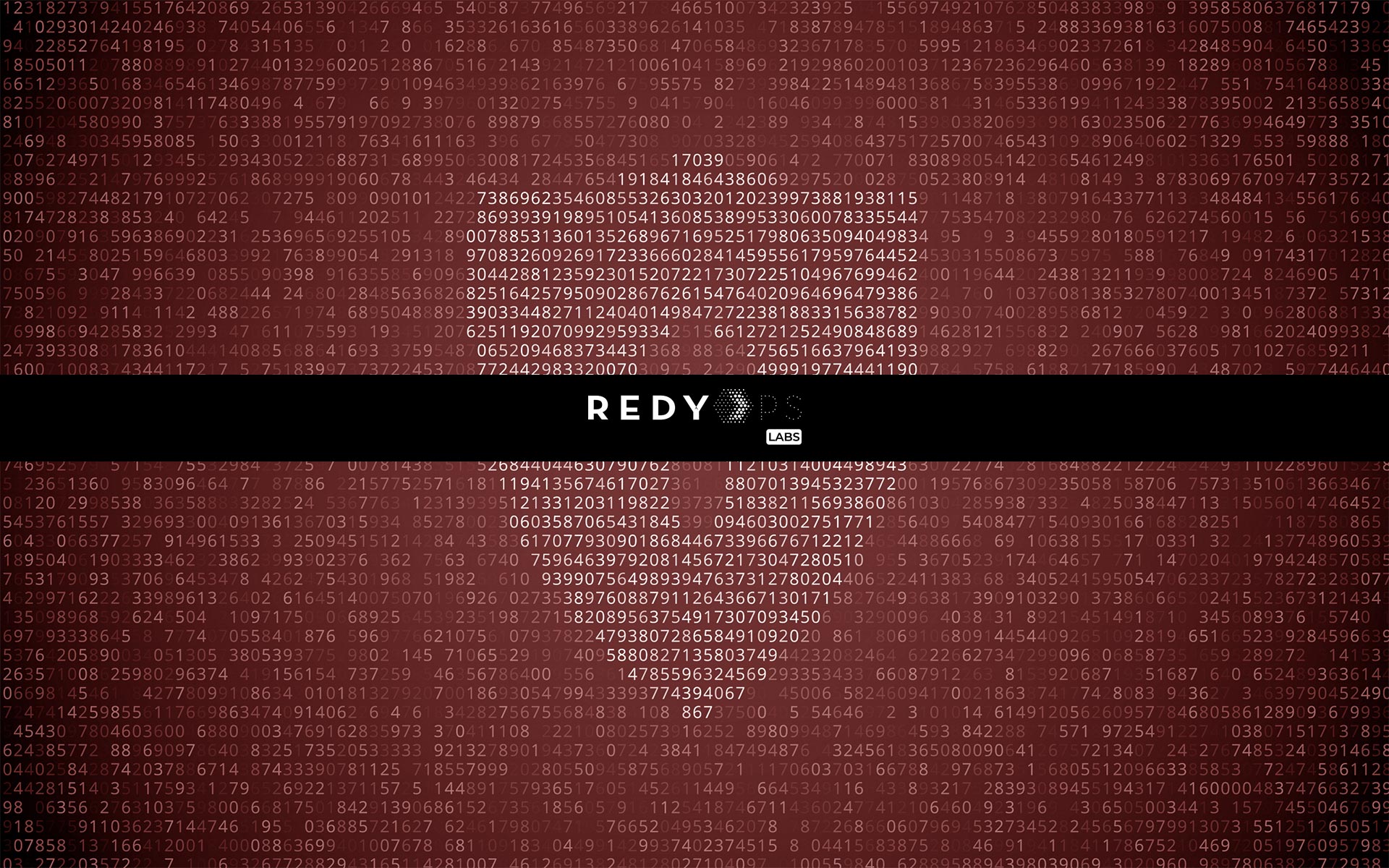Summary
Assigned CVE: CVE-2020-5837 has been assigned and RedyOps Labs has been publicly acknowledged by the vendor.
Known to Neurosoft’s RedyOps Labs since: 22/12/2019
Exploit Code: https://github.com/RedyOpsResearchLabs/SEP-14.2-Arbitrary-Write
Vendor’s Advisory: https://support.broadcom.com/security-advisory/security-advisory-detail.html?notificationId=SYMSA1762
An Elevation of Privilege (EoP) exists in SEP 14.2 RU2 . The latest version we tested is SEP Version 14(14.2 RU2 MP1) build 5569 (14.2.5569.2100). The exploitation of this EoP , gives the ability to a low privileged user to create a file anywhere in the system. The attacker partially controls the content of the file. There are many ways to abuse this issue. We chose to create a bat file in the Users Startup folder C:\ProgramData\Microsoft\Windows\Start Menu\Programs\StartUp\backdoor.bat because we believe it is a good opportunity to present an interesting method we used, in order to bypass restrictions of this arbitrary write where we could control only partially the content .
Description
Whenever Symantec Endpoint Protection (SEP) performs a scan, it uses high privileges in order to create a log file under the folder
C:\Users\user\AppData\Local\Symantec\Symantec Endpoint Protection\Logs\
An attacker can create a SymLink in order to write this file anywhere in the system. As for example the following steps will force SEP to create the log file under the
“C:\ProgramData\Microsoft\Windows\Start Menu\Programs\StartUp\backdoor.bat”
- Delete the “Logs” sub folder (Shift+Delete) from the “C:\Users\attacker\AppData\Local\Symantec\Symantec Endpoint Protection\” folder.
- Execute the following:
CreateSymlink.exe "C:\Users\attacker\AppData\Local\Symantec\Symantec Endpoint Protection\Logs\12222019.Log" "C:\ProgramData\Microsoft\Windows\Start Menu\Programs\StartUp\backdoor.bat"Note: The file 12222019.Log is in format mmddyyyy.log . Depending on the day you exploit, you have to choose the right name.
CreateSymlink is opensource and can be found in the following URL: https://github.com/googleprojectzero/symboliclink-testing-tools/releases .
The log files contain data which are partially controlled by the attacker, allowing commands to be injected into the log files. With symbolic links, we can write log files in other file formats which can lead to an EoP.
An easy way to inject code in the log files, is by naming a malicious file to
m&command&sf.exe
and scan it. This will trigger the scan and a log entry with the injected command will be created. This is caused because the filename “m&command&sf.exe” of the malicious file is being referenced in the log files. Combining this with the SymLinks, the attacker can create the valid bat file “C:\ProgramData\Microsoft\Windows\Start Menu\Programs\StartUp\backdoor.bat” .
Exploitation
In order to Exploit the issue you can use our exploit from our GitHub .
In the following paragraph a step by step explanation of the Video PoC where we use the exploit, is provided.
Video PoC Step By Step
The exploit takes 2 arguments. The first argument is the file we want the logs to be written in. The second argument, is the payload we want to inject in the logs file. If you can recall, the “payload” we are going to inject is nothing more than the filename of the malicious file which we are going to scan. So the following command will cause the SEP to create its log file to
c:\ProgramData\Microsoft\Windows\Start Menu\Programs\StartUp\backdoor.bat
and the malicious file we are going to scan, will have the name
“& powershell.exe -Enc YwBtAGQALgBlAHgAZQAgAC8AQwAgAEMAOgBcAFUAcwBlAHIAcwBcAFAAdQBiAGwAaQBjAFwAMQAuAGUAeABlAA== & REM”
Yes i know… this is a strange name for a file, but it is what it is 🙂
Exploit.exe "c:\ProgramData\Microsoft\Windows\Start Menu\Programs\StartUp\backdoor.bat" "& powershell.exe -Enc YwBtAGQALgBlAHgAZQAgAC8AQwAgAEMAOgBcAFUAcwBlAHIAcwBcAFAAdQBiAGwAaQBjAFwAMQAuAGUAeABlAA== & REM"If you decode the base64 you will have the command cmd.exe /C C:\Users\Public\1.exe
A user with low privileges can copy any file under the C:\Users\Public\ folder.
00:00 – 00:43: We present the environment; a user with low privileges, the windows version, the SEP version and the DACL of the “StartUp” folder.
00:43 – 01:18: We run the exploit. The file backdoor.bat is created and its content contains our payload.
01:18 – 01:48: We copy the calculator to C:\Users\Public\1.exe . The payload will execute anything in C:\Users\Public\1.exe . We copied the calculator for the PoC, but you can put any executable you want.
01:48 – end: When a user logs into the system (an administrator in the PoC), the file c:\ProgramData\Microsoft\Windows\Start Menu\Programs\StartUp\backdoor.bat is executed. This file contains lines of content, which are not valid commands. However, our payload is a valid command and it will be executed. As result powershell will execute the cmd.exe /C C:\Users\Public\1.exe and the calculator (1.exe) pops up.
It is worth mentioning, that we can also write to files which already exist. As for example we can write the contents of the log files in the C:\windows\win.ini file. This is useful if you want to delete a file. Name your malicious file, with a malicious filename and the AV will do the rest for you 🙂 .
Resources
GitHub
You can find the exploit code in our GitHub at https://github.com/RedyOpsResearchLabs/SEP-14.2-Arbitrary-Write
RedyOps team
RedyOps team, uses the 0-day exploits produced by Research Labs, before vendor releases any patch. They use it in special engagements and only for specific customers.
You can find RedyOps team at https://redyops.com/
Angel
Discovered 0-days which affect marine sector, are being contacted with the Angel Team. ANGEL has been designed and developed to meet the unique and diverse requirements of the merchant marine sector. It secures the vessel’s business, IoT and crew networks by providing oversight, security threat alerting and control of the vessel’s entire network.
You can find Angel team at https://angelcyber.gr/
Illicium
Our 0-days cannot win Illicium. Today’s information technology landscape is threatened by modern adversary security attacks, including 0-day exploits, polymorphic malwares, APTs and targeted attacks. These threats cannot be identified and mitigated using classic detection and prevention technologies; they can mimic valid user activity, do not have a signature, and do not occur in patterns. In response to attackers’ evolution, defenders now have a new kind of weapon in their arsenal: Deception.
You can find Illicium team at https://deceivewithillicium.com/
Neutrify
Discovered 0-days are being contacted to the Neutrify team, in order to develop related detection rules. Neutrify is Neurosoft’s 24×7 Security Operations Center, completely dedicated to threats monitoring and attacks detection. Beyond just monitoring, Neutrify offers additional capabilities including advanced forensic analysis and malware reverse engineering to analyze incidents.
You can find Neutrify team at https://neurosoft.gr/contact/
